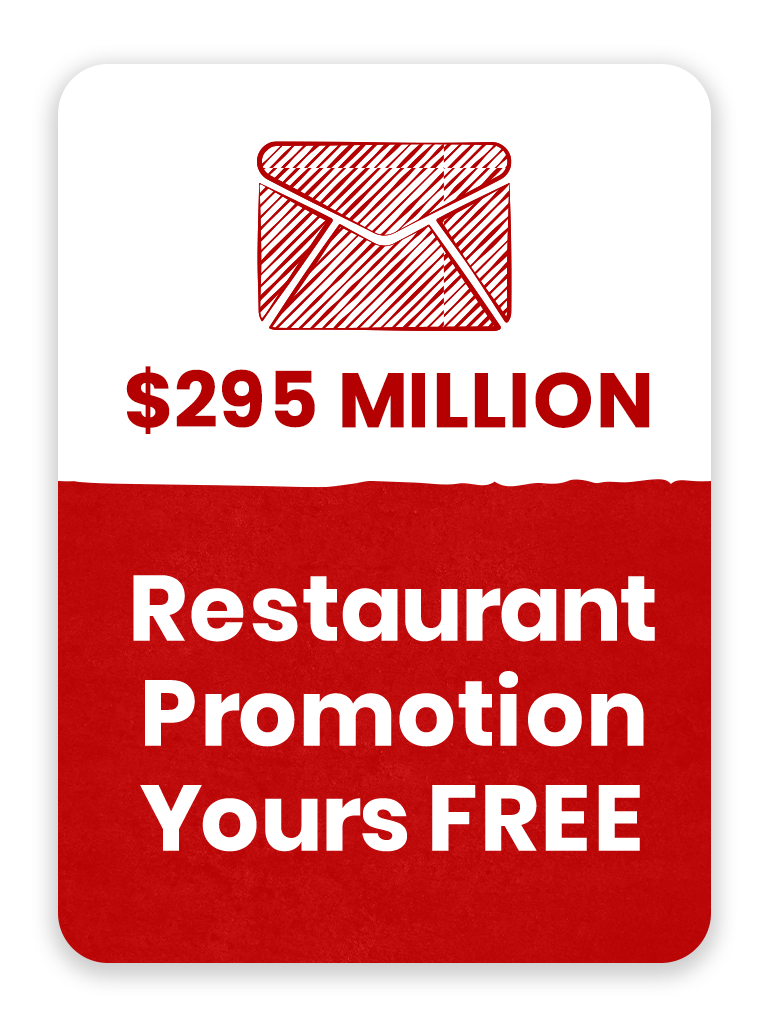If you’re like most business owners, marketing stress is a familiar feeling. You put off marketing until the last minute, then spend weeks frantically trying to come up with ideas and get everything done on time. After all, you’re busy running your business with 10 million other things.

Or worse, a big event comes along that would have been ideal for building a marketing strategy, and you missed it completely. A missed opportunity to have a significant influx of sales had you planned for it.
In high school, one of my Mom’s favorite phrases was, “prior planning prevents poor performance.” I found it EXTREMELY unhelpful when I was scrambling for the bus in the morning and hadn’t made my lunch or was madly writing a paper the night before it was due. Now, I realize how right she was. Sorry, Mom.
Creating your company’s marketing strategy doesn’t need to be complicated. By creating a marketing plan and calendar, break the cycle and avoid marketing stress altogether. A marketing plan will help you organize your thoughts and prepare you in advance. Meanwhile, a calendar will help keep you on track and avoid panicking at the last minute.
Reap The Benefits Of A Marketing Strategy Plan

- Avoid Stress – One of the main benefits is that it can help you avoid marketing stress. Marketing can be very stressful, especially if you are doing it last minute. Scrambling to get items printed or written, getting your staff team on board, updating pricing software, and culling lists and emails takes some lead time. Having a marketing plan can help you avoid last-minute panic and stress.
- Stay Organized – Marketing can be chaotic, with many components and people involved. It can be easy to lose track of what you are doing and what your marketing team is doing. A marketing plan can help you keep track of your marketing goals and tasks. It can also help you track your progress and ensure that you are on track to meet your goals.
- Save Money – If you have a plan, you will be less likely to waste money on marketing efforts that don’t work. You will also be able to allocate your resources more effectively. You’ll assess what worked previously and how to improve results. With each iteration, it will improve, but only with prior planning.
- Save Time – Managing time as a business owner is one of the most complex challenges. Putting a marketing calendar in place means marketing is planned ahead of time, and scrambling last minute to create it doesn’t take over and impede the other things you have on your to-do list.
- Measure Success – If you don’t have a plan, it will be difficult to determine whether or not your marketing initiatives were successful. A marketing plan allows you to set measurable goals and track your progress towards those goals. This helps you determine which marketing activities are worth investing in and which aren’t worth your time and money.

Creating a Great ($$$ Making) Marketing Plan
At its most basic level -it gives you a simple structure and road map to follow. We find that a simple format is to build it with a calendar so you can get a visual of what is happening each week and then create a list of what you need to do to prepare for the marketing campaigns coming down the road.
Start with a timeline. Our preference is doing this quarterly – so let’s use that as an example. Since we are heading towards it, let’s use October-December.
Find a basic calendar of these three months that is in a simple format to work on. We like to start with a pen and paper list or a big whiteboard so we can brainstorm with the entire tea. People have different perspectives – and often, someone thinks of something you didn’t.
Brainstorm: Start the planning process by gathering your team to brainstorm relevant events each month. It could be big holidays like Halloween, Thanksgiving, or Christmas. A specific event unique to your community, a current event like an election or the Superbowl, or a “national day” linked to some silly theme. Also, remember to include things you might have done previously that were winners; you’ll want to bring them back into rotation or put a spin on them to match the season.
There’s an honorable day for almost anything you can think of, and there is no end to the creative ways you can tie into them. If you google national days, you’ll get sites like https://nationaldaycalendar.com/ or https://nationaltoday.com to give you some ideas.
Narrow It Down: Not all ideas are good or relevant! Decide on what you will focus on, then start planning.
Map It Out
Let’s say you want to plan something for all of October that is Halloween themed, and you are sitting down with your marketing team (which might only be two of you!) For each event you want to market, decide on these key components:
- Decide your goal. What are you trying to achieve? Examples might be: Get your October visitors to return again before the end of the month, book a specific number of appointments in the month, or host a special event and have 100 people attend. Determine how the goal will be measured -will it be based on sales, campaign redemptions, or new additions to your customer list? How will you measure success?
- Determine your target audience. Who are you trying to reach? If you are planning a Halloween costume party – is it for families? Adults? If you are designing a bounce back offer – will it go to everyone, only those spending a specific dollar amount, or only your loyalty program members?
- Existing customers?
- Rewards members or non-members?
- What segment of your list?
- New customers?
- A specific demographic of people?
- Choose your media. Which channels will you use to reach your audience? We are proponents of using every media available to you. Printed material, emails, texts, posters or table tents, washroom signage, digital channels, and social media posts – not everyone will react to each media. The more media you use, the higher your results will be because more people will see your message.
- Who will do what and by when? Delegate each task to specific people and give them a deadline. Then make sure it is written on the calendar so everyone can be accountable, and you can know what is happening when. You must follow up, remind them of deadlines and when people need your approval, take the time to give it quickly so they can finish their tasks.
- Execute and Measure. Be sure everyone impacted by the marketing knows what’s happening and how they need to handle redemptions. As the campaign unfolds, be sure you are monitoring its execution. Are your staff following the proper procedures so that when you measure results at the end, they are accurate? Measuring marketing is the only way to know what works and doesn’t so that marketing dollars aren’t wasted.
With an effective marketing plan in place, you’ll be able to execute your marketing tasks efficiently. Keep it simple so it doesn’t lead to frustration; the secret is to plan ahead, set goals and stay focused on your objectives. Don’t wait until the last minute – start planning today!
Need a marketing plan to drive sales NOW, next month, next quarter, next year? Click on the link below, and we can jump on a call and develop a CUSTOMIZED marketing plan for your business.
No pushy sales techniques, just great information to take the stress out of your marketing. All Done For You. (Hey, haven’t I heard that somewhere before?)


Michael Thibault
Known as “The Done For You Marketing Guy for Restaurants.” International Speaker on Restaurant Marketing. Published contributing author of 4 Marketing Books. Industry expert on Google Searches and Review Sites. Recovering Independent Restaurant Owner and Caterer of over 21 years. And, all-around good guy.





